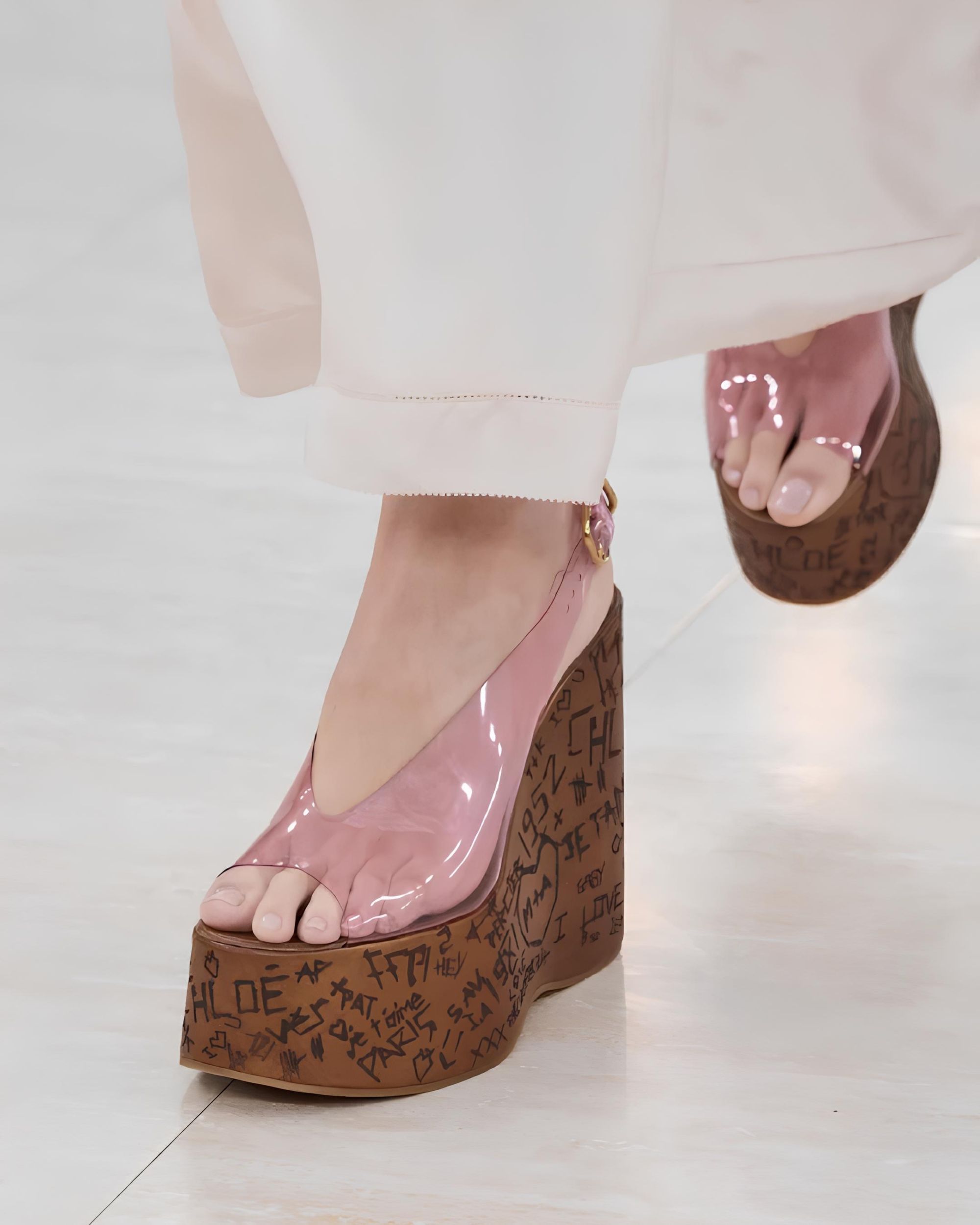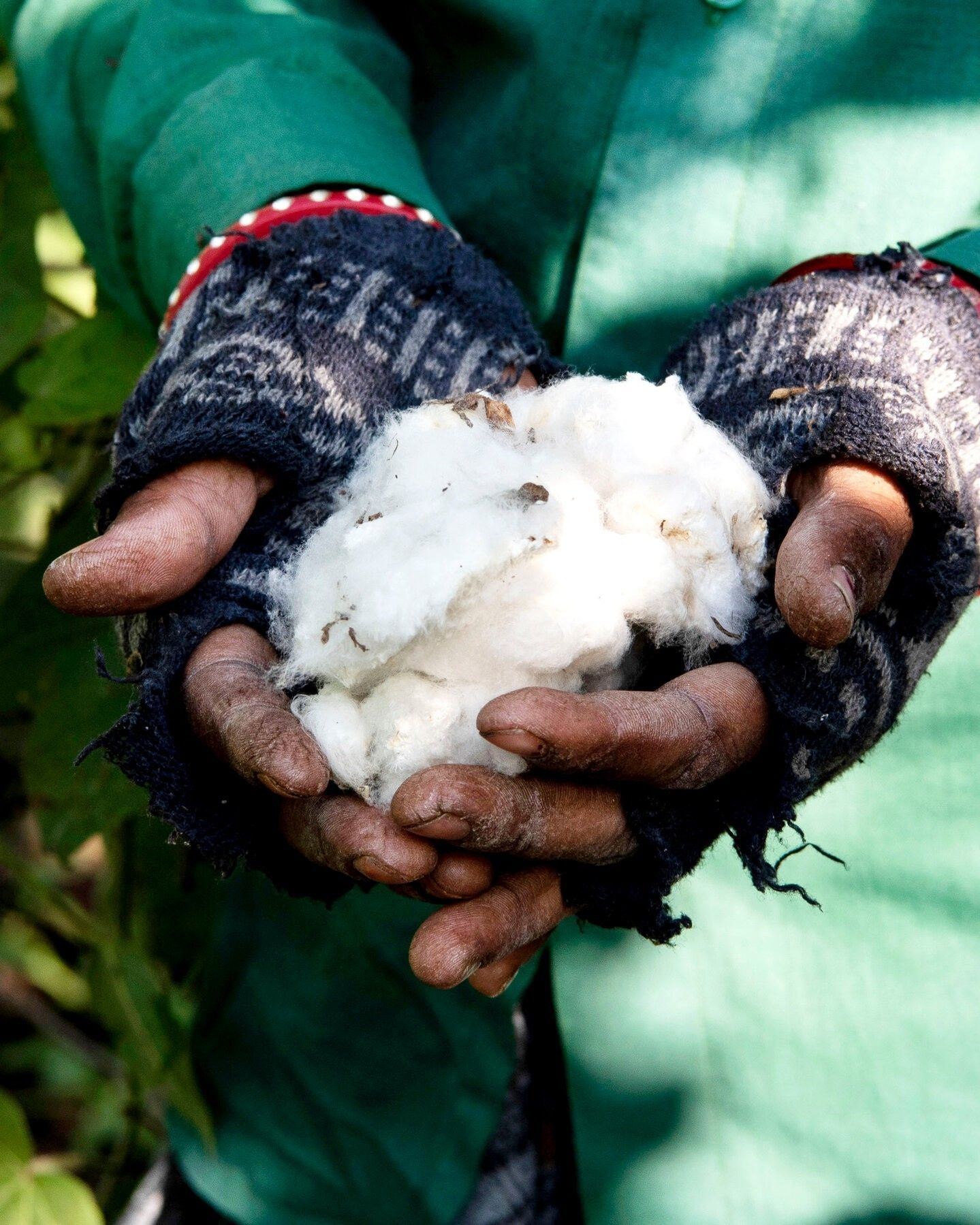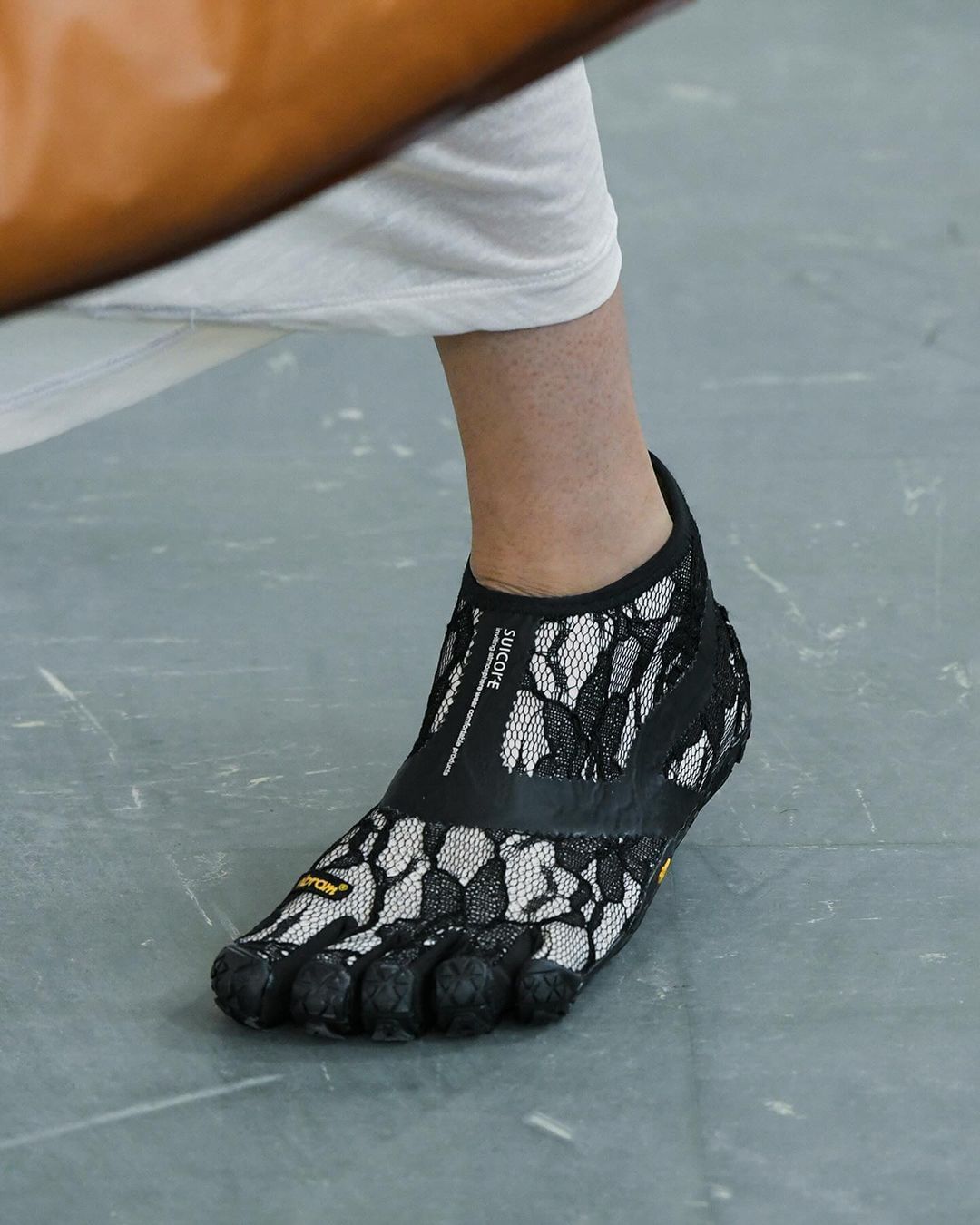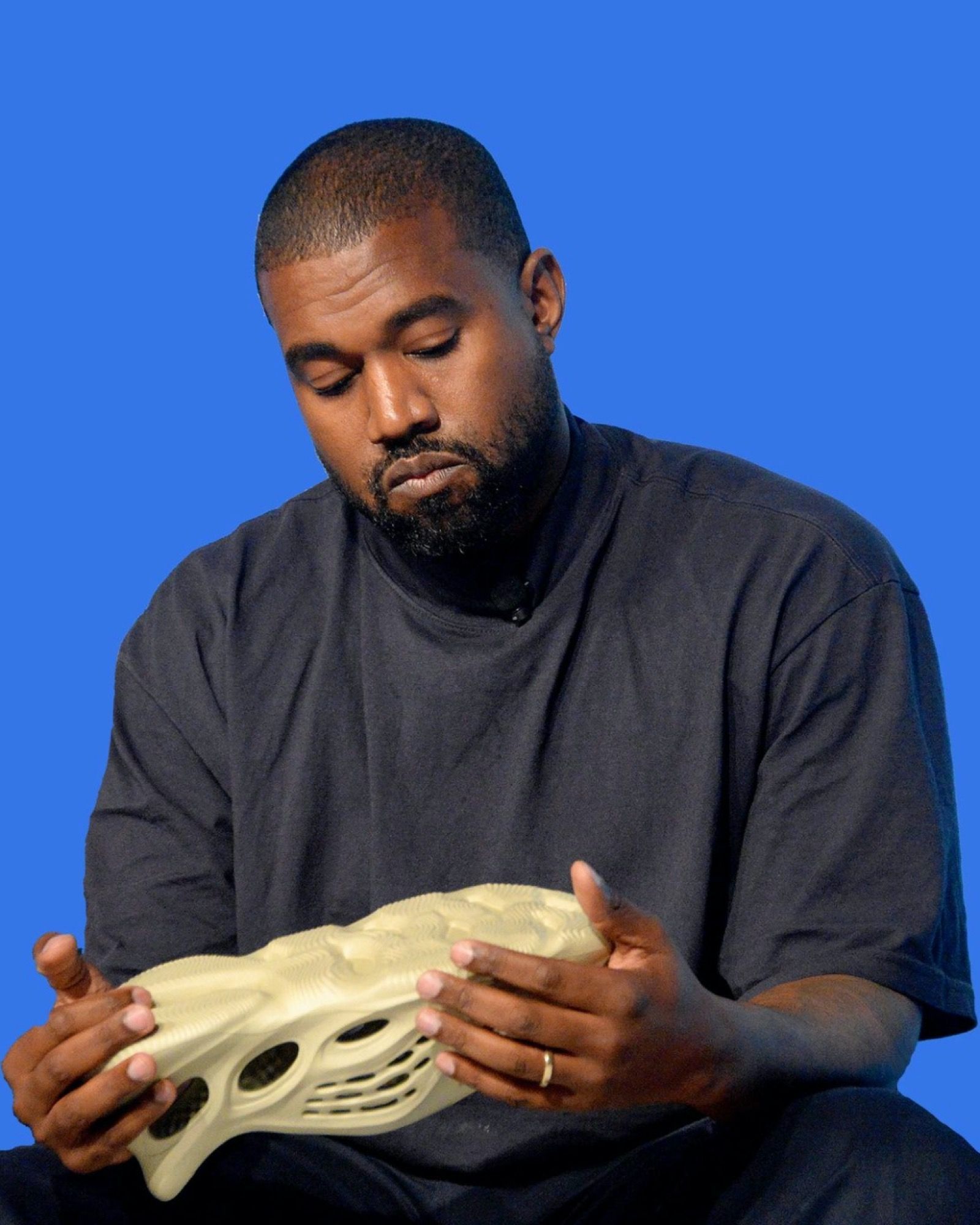
Gap has lost $162 million net since the beginning of 2022 Not even the Kanye effect seems to be able to save the old American giant
Last Thursday, the group to which Gap belongs, and which also includes Banana Republic and Old Navy, declared its fiscal results for the first quarter of 2022: an unhappy picture, with profits down 13 percent from a year ago and a net loss of $162 million that sent the company back into the red. And while Bana Republic was perhaps the only brand to show encouraging signs, with 24 percent growth, Gap and Old Navy saw sales drop 11 percent and 19 percent respectively. Online sales also declined, along with gross margin - while costs due to supply chain, specifically transportation, were on the rise. Such results forced the group to update its fiscal outlook by increasing pressure on the U.S. group. And if BoF attributes the crisis to «soaring costs and poor demand in the face of decades-high inflation», it is hard to ignore that these very results came under (or in spite of) the auspices of the YEEZY GAP collaboration, which saw the involvement of Kanye West and, shortly thereafter, Balenciaga.
The problem at the root of these results concerns the very nature of American mall brands. According to CNBC, the biggest ball and chain of the group was Old Navy, which not only had to cope with «an imbalanced mix of clothing sizes, ongoing inventory delays and an uptick in price-lowering promotions» but also a shift in consumer tastes, defined «volatili», who have gone from buying activewear and fleece jackets, one of the brand's strongest categories, to looking for party dresses and office suits. And although the fashion and luxury streetwear niche has YEEZY GAP going sold out in a matter of days, Kanye West's signature sub-brand is only a relatively small and efficient piece of a decaying empire: in other words, the retail world is following the trend of an increasingly economically divided society that sees luxury and high street relatively untouched while brands dedicated to the less affluent segments of the public, most affected by crisis and inflation, are hemorrhaging sales as their customers cut back on spending, rushing en masse to discounting.















































